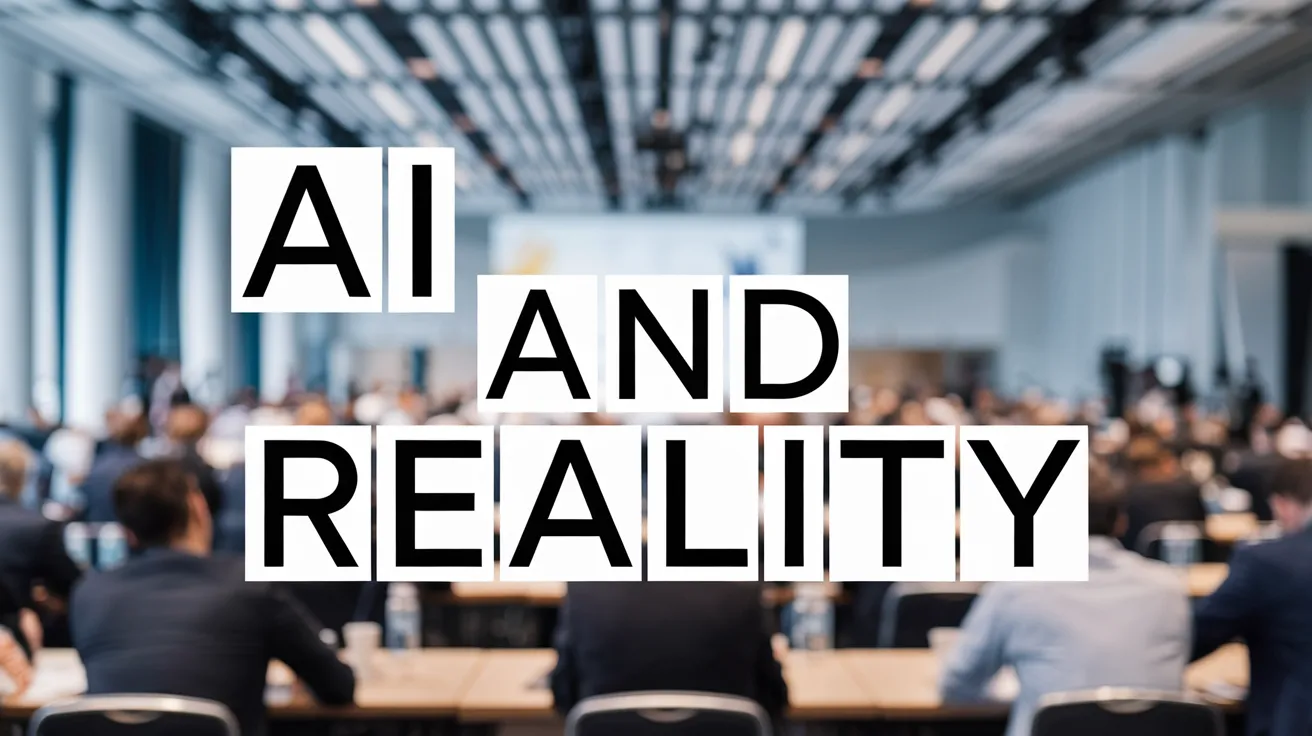Misconceptions About AI-Generated Images

In a recent commentary, John Naughton discusses the troubling phenomenon surrounding public perception of visual media, particularly as it pertains to an image depicting the devastating floods in Valencia, Spain. This photograph, which captures the chaos unleashed by a torrential downpour that resulted in a year’s worth of rain falling within mere hours, inadvertently became a point of debate on social media, with many viewers mistakenly labeling it as AI-generated.
The image, taken from an elevated vantage point during a chaotic aftermath, showcased the displacement of numerous vehicles in a surreal arrangement. Its vivid details and striking clarity led many to assume it was a product of generative AI tools such as Midjourney or DALL-E. Naughton highlights the irony that a perfectly real photograph was dismissed as fake due to the increasing presence of what he calls “AI slop”—content created by artificial intelligence that lacks authenticity or journalistic integrity.
This bias against the real is symptomatic of a broader trend within social media, where AI-generated content has begun to saturate user feeds, creating a skepticism that can distort perceptions of actual events. Naughton points out that platforms like Meta are not only perpetuating this cycle but are actively encouraging it, as CEO Mark Zuckerberg envisions a future wherein AI-generated and summarized content enhances user engagement across Facebook and Instagram.
The growing prevalence of low-quality, AI-produced images leads to a concerning loop: creators profit from generating engagement-boosting yet misleading content, which in turn leads to higher profits for the platforms that thrive on user engagement. This might enable a feedback mechanism where the quality of content continually declines, pushing social media companies towards a terminal decline in authentic engagement—a phenomenon referred to as being ‘terminally enshittified.’
Naughton warns that this situation raises critical questions about trust in media and the shaping of public perception in an age where the distinction between reality and AI-generated images becomes increasingly blurred. As technology continues to evolve, so too must our methods of discerning credible sources and authentic representations of events.